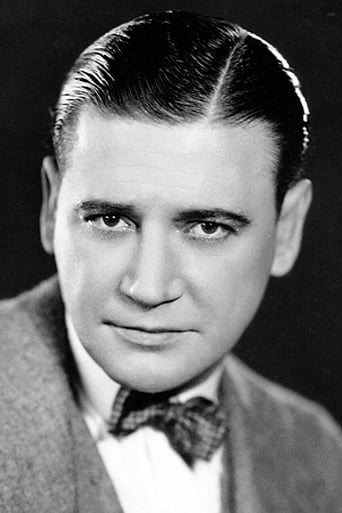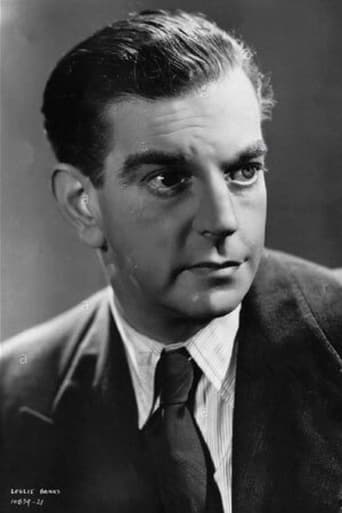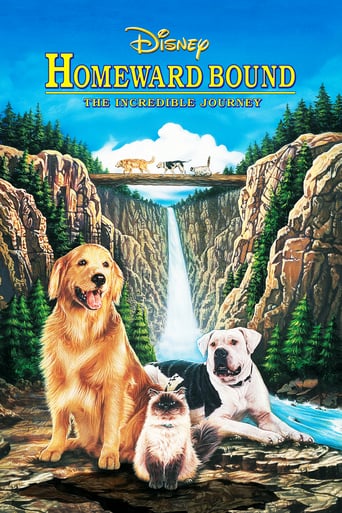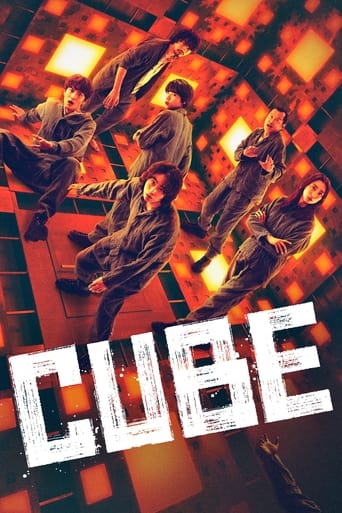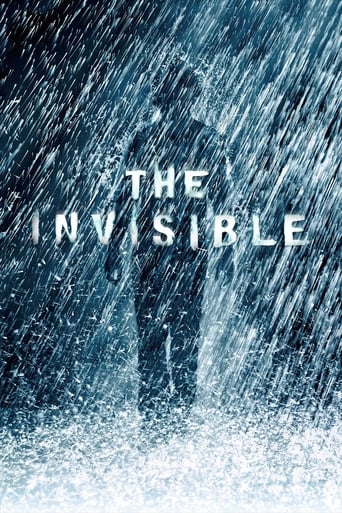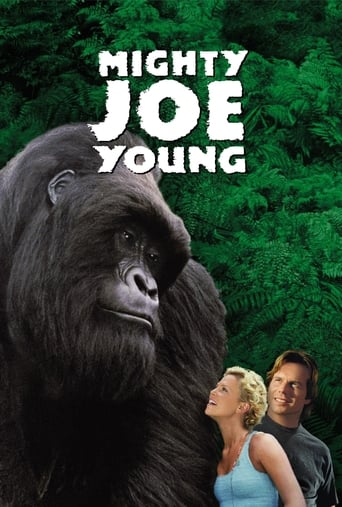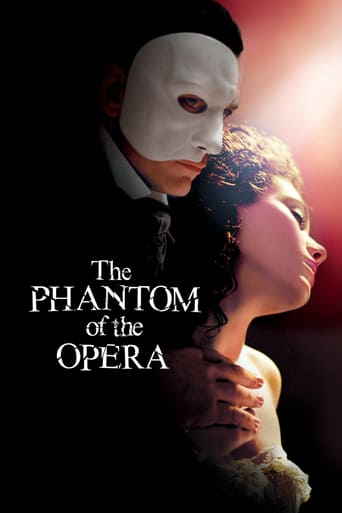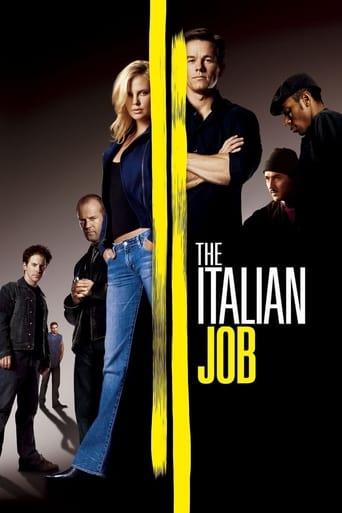
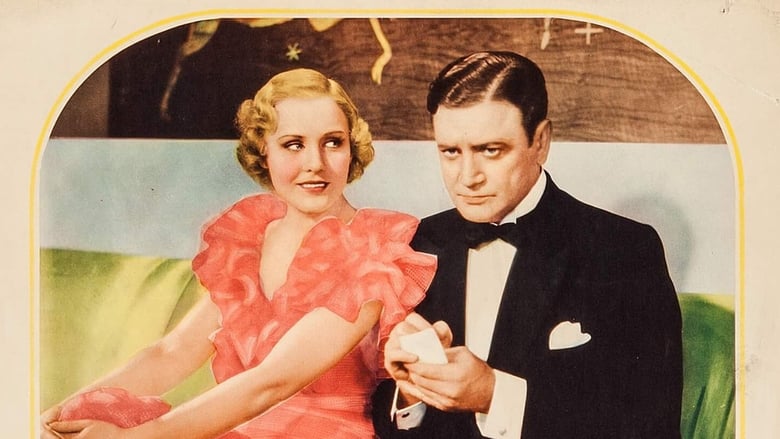
The Tunnel (1935)
An engineer leads the building of a trans-Atlantic tunnel linking Britain and the United States.
Watch Trailer
Cast


Similar titles
Reviews
This movie is set in "the future" - at least the future as it was envisaged in 1935, when it was made. It's actually never really established when this is set, but all things considered it had some pretty impressive predictions of futuristic devices (as well as, inevitably, a few misses.) So ,for example, there's reference to a tunnel having been built under the English Channel between Britain and France (which we today call the "chunnel") in 1940. That's several decades too early, but it gives us a reference point; the movie is set later than that (probably significantly later than that.) There's also apparently fairly widespread use of television, and even video-messaging "Skype-like" devices. Mind you, the movie misses the Second World War as far as we know. Helicopter-type airplanes never did become the rage, and there also seems to be an assumption of the survival of the "British Empire" - as late in the movie the King of England is referred to as the "Ruler of the British Empire" - a phrase that would have disappeared from the lingo not too long after this movie was made really. Still, it's a pretty impressive bit of future-gazing.The story revolves around an engineer who has invented a new kind of steel that's strong enough to allow for the building of a tunnel under the Atlantic Ocean between England and the United States. The scenes set inside the tunnel while it's being built are starkly impressive - looking like one would expect such a massive works project to look like. The work is dangerous, which is well portrayed, and a lot of men lose their lives working on the project. That, in a way, becomes the real subplot of the movie.A lot of lives are lost in the tunnel, but lives are also lost because of the tunnel. McAllan (Richard Dix) for example - the engineer in charge of the project - sacrifices literally everything (up to and including his own family) for the sake of this project. The project takes over his life. He eats, drinks and sleeps the tunnel. There's nothing else that even remotely competes with the tunnel in his life. That leads to all kinds of personal melodrama mixed in with the technical scenes about the building of the tunnel.Maybe I'm looking at this too much with almost 80 years of distance, but as I watched this and the negative effects the tunnel was having on so many lives, I couldn't help but think of this as a classic white elephant public works project. It's almost 5500 kilometres from London to New York City as the crow flies. Who would use this tunnel? What possible practical use would there be for it? Yes, it creates some jobs - so the unions support it. It makes money - so the corporations support it. Because it does both - the governments support it. And for the sake of national pride - the people support it. But for what? Apparently there's an international threat brewing from a coalition of "Eastern nations." How will the tunnel help with that? I guess the Americans could ship arms and men to England through the tunnel (if the threat is from Eastern Europe) or Britain could do the same for America (if the threat is from Asia) but this still seemed to be a waste of time, energy and lives.But that's 80 years later. It didn't make for a bad movie, but I would have liked a clearer explanation of why the thing was being built in the first place. As it is, it was apparently being built - just because we can! (6/10)
There's an art deco look to the streamlined images of many scenes from THE TUNNEL, giving it the futuristic look it needs to succeed as science fiction. There are even TV screens and/or videophones being used in 1935 for conversations between RICHARD DIX and his wife, MADGE EVANS, both of whom have to spend too much time on the domestic drama behind the main story of the tunnel.Their unhappy marriage comes into play when he becomes heavily involved in construction of an Atlantic tunnel connecting the British mainland to the U.S.A. "His real self stays behind in the tunnel," she tells LESLIE BANKS, her husband's co-worker. Later, their grown son becomes a worker in the tunnel but is tragically killed during a volcanic burst of lava that forces a section of the tunnel to be sealed off by emergency doors so that many other lives can be spared.There is much talk about the "depth of the Atlantic" and "the character of the sea bed", and references to "new steel and radium drills" that are supposed to make the concept of a transatlantic tunnel possible. And to the credit of the filmmakers, they do make such an undertaking look realistically possible, at least for the duration of the story.C. AUBREY SMITH lends his sober presence to a good supporting role but the film is largely concerned with the domestic troubles of Dix and his wife. MADGE EVANS looks so much like Norma Shearer in the glossy close-ups she gets and was clearly one of the most classically beautiful of the '30s film actresses.But when the action is centered on the tunnel, the film remains fascinating to watch, beautifully photographed in B&W. Unfortunately, RICHARD DIX is given to overacting at every opportunity, particularly during the melodramatic situations involving his marriage.Summing up: Melodramatic, but in many ways, ahead of its time in true sci-fi style. WALTER HUSTON as an American president and GEORGE ARLISS as a British Prime Minister have cameo roles.
A grimly realistic story, set in the future (as visualized in 1935), about the building of an undersea tunnel between England and America. The opening scene (a meeting of millionaires and engineers discussing the project) is reminiscent of a similar scene in `Destination Moon', though it lacks the patriotic enthusiasm.The movie's basic message is also similar to `Destination Moon': determined men doing a big job despite colossal odds. The special effects are remarkable, the `futuristic' production designs are gorgeous, and the music is effective. There are some truly gripping moments in this fine motion picture. Especially memorable is the huge mechanism that drills the tunnel beneath the ocean.Modern day tunneling machines are amazingly similar to the one portrayed in this 67-year-old movie. Watch the Discovery Channel's `Extreme Machines' episode about tunneling machines if you'd like to compare for yourself.The final scene, showing cars entering the English entrance to the completed tunnel, is impressive when compared to the `chunnel' which now bridges England and Europe. `Transatlantic Tunnel' makes a great second feature for `Things to Come'.
This film has long been available in a 71 minute form, and I believe only recently has surfaced in its full 94 minute version. Having seen it I can understand why it was cut. From an engineering viewpoint the premise is interesting and indeed there are some nice touches in it using early special effects, like video phones etc. At the time such ideas were left to Flash Gordon serials (mostly). It also tries to show the devastating effect that one mans obsession can have on his family. This is where the film sadly falls short of the mark. By concentrating more on this side of the story, the film all but ignores the tunnel completely. Were it not for the volcano impeding the progress of the tunnel, it would have been finished without anyone really noticing. Even George Arliss and Walter Hustons presence (limited to about three scenes in total each) can do little to save this movie.


